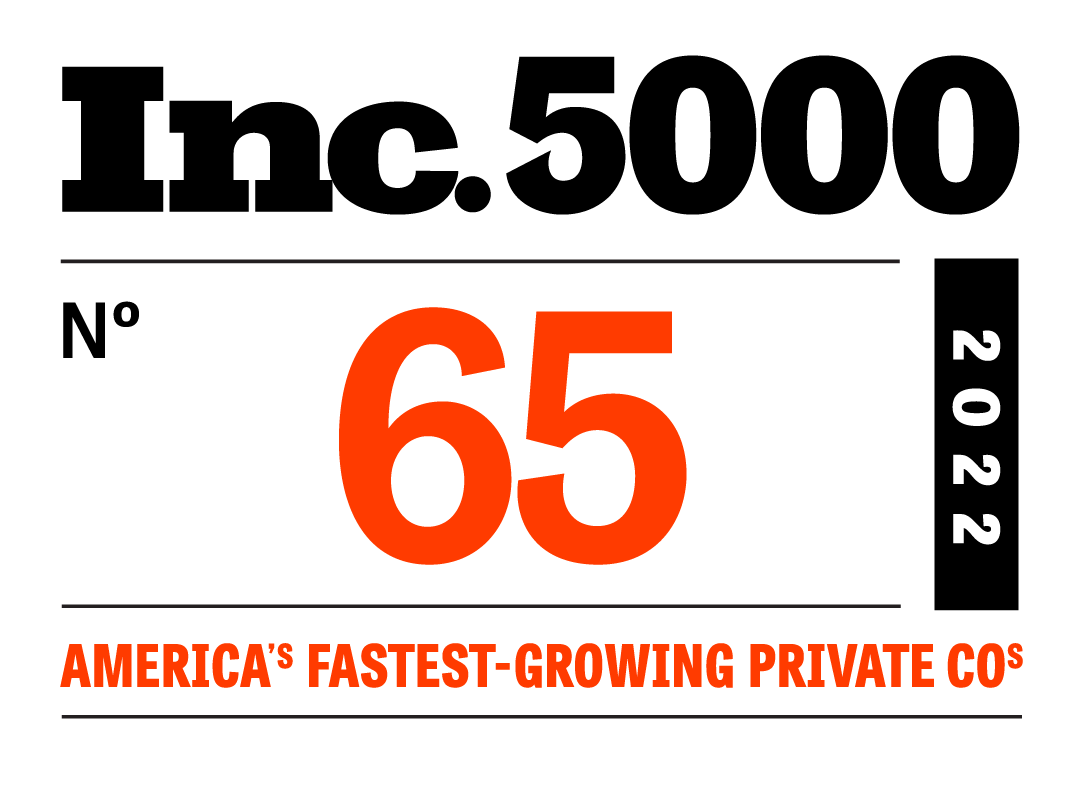
On Sunday, the Small Business Administration released updated numbers on Paycheck Protection Program lending in 2021. As of Feb. 7, more than 1.3M First and Second Draw PPP loans have been processed totaling roughly $101B in aid to small businesses.
[Download our State of PPP Report for a closer look at borrower insights, industry breakdowns and more.]
These numbers, while impressive, are important to note in context: they come after a marathon year in which lenders disbursed more than $520B in PPP loans through previous rounds.
The response required of banks and credit unions during this time has been historic-demanding the mass mobilization of workforces or the adoption of new digital lending technologies. In a space like banking that has been slow to evolve, the way institutions choose to respond in this moment could very well determine the industry’s winners and losers over the course of the next decade.
Banking’s Biggest Leaps Often Come from Crises
Whether through technology or regulations, the banking industry has had to make substantial advancements to adapt to changes in the market. Many of these have been triggered by crises.
Bank runs at the turn of the 20th century, caused by pandemic and later The Great Depression, resulted in the establishment of the Federal Reserve System, the Federal Deposit Insurance Corporation, and the National Credit Union Association. These institutions were created to address the problem of bank panics by requiring institutions to hold reserves and providing them with insurance for deposits.
After 9/11, the nation-wide grounding of flights disrupted the banking system’s ability to clear checks. At the time, paper checks were primarily shipped by plane-with billions of dollars in the air at any given moment. During the crisis that followed the terrorist attacks, this process ground to a halt for three days, shocking the system. It resulted in the passing of the Check 21 Act that paved the way for electronic checks, remote deposits, and the e-commerce revolution.
Today, COVID-19 has upended society at every corner. Lockdowns, social distancing mandates, and other measures put in place to slow the spread of the virus have had unintended adverse effects on business and commerce. The government’s response to save small businesses and the jobs they support has been to enlist banks and credit unions in their effort to disburse relief funds to those affected--an effort that, until now, has been a primarily manual and in-person process.
However, for the over 120 lenders using the Numerated platform, PPP marks an industry-wide turning point towards modern commercial lending.
Of the more than 143,000 PPP applications started on the platform since the opening of the program last month, 82 percent have been done through our borrower self-service portal. Borrower satisfaction at these institutions is high. An early survey conducted by Valley National Bank showed those that completed the experience overwhelmingly reported that the application was easy to use and that it gave them confidence in applying for these complex loans.
Like online grocery shopping and working from home, commercial lending is seeing a mass adoption among business owners during COVID-19 and represents a major leap in banking. It also represents an opportunity for banks and credit unions to put their best foot forward as we move beyond this crisis and into the new normal.
Why Digital Leadership in Banking Matters More than Ever Before
Opportunities to build sustainable growth and establish long-term competitive advantages are rare. Yet, the current moment marks the best opportunity for banks and credit unions since the Great Recession.
In the immediate aftermath of the Great Recession, some financial institutions invested heavily in digital transformation, while others instead focused on portfolio management and risk mitigation to survive. A 2019 report by the global consultancy Accenture found that banks and credit unions that invested in technology during the Great Recession had far more success in the decade that followed than their traditional counterparts. More specifically, the report found that these “digitally mature” institutions had higher market valuations, that those valuations were justified, and that they were ultimately more profitable in the years that followed.
Like the digital arms race that was sparked in consumer banking following the Great Recession, commercial lending is going through a transformation during the current pandemic. Lenders that invested in technology to support PPP, therefore, will have a leg up on their competition as they transition to a post-COVID world.
A (Digital) Path Forward in Commercial Lending for Banks and Credit Unions
With the rise of fintechs, there’s more technology at lenders’ disposal than ever before. Finding the right tech for your institution and borrowers, is a bit more tricky.
Each lender is likely to take a different approach, but the guiding principle should always remain the borrower and making it as easy as possible for them to get what they need from your institution.
Banks and credit unions already operate in this way-putting their relationships at the forefront of the customer experience. Technology, be it for digital account onboarding or digital applications, should align with these tactics and always help your teams build stronger relationships, not replace them.
Lenders that are able to leverage data and technology to differentiate themselves today, especially in this way, will set themselves up for success for years to come.
To learn more about the Numerated platform contact us today or join one of our upcoming, twice-weekly webinars.







